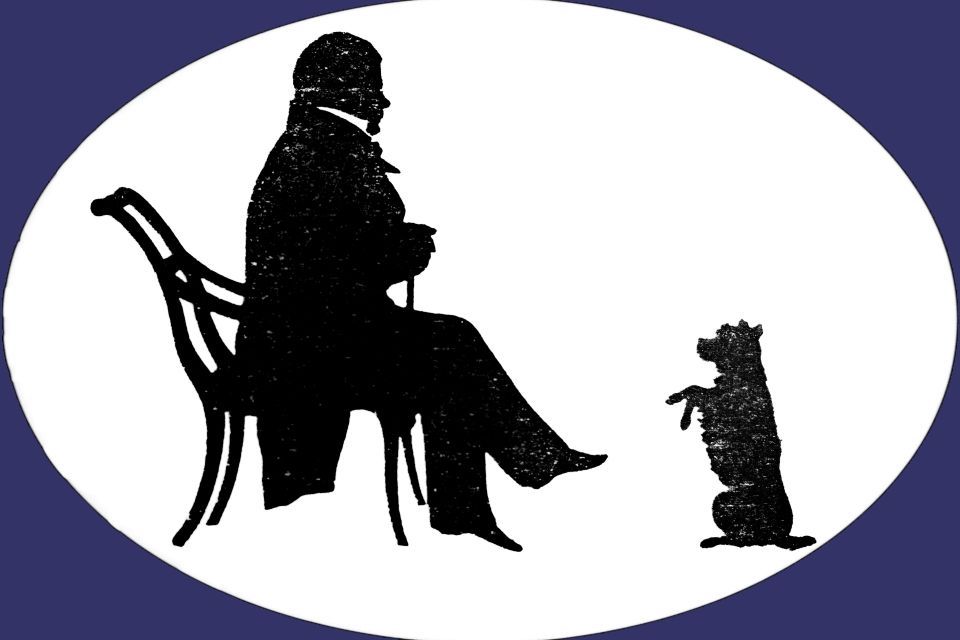Writing Historic Novels in the Age of Scott
Thursday 3rd April 2025
Summary of the Talk:
Sara Sheridan’s talk explores the creative process and motivations behind writing historical fiction, especially in contrast—and conversation—with the legacy of Sir Walter Scott. Blending personal anecdotes, literary reflections, and social commentary, Sheridan charts her journey from contemporary novelist to historical writer with a passion for uncovering marginalised voices.
She discusses:
- Her eccentric, storytelling-filled upbringing (with a dyslexic mother and antique-dealing father).
- Her shift from contemporary fiction to historical fiction, driven by her fascination with history’s “missing stories,” particularly those of women, working-class people, and the queer community.
- The genesis and success of her feminist remapping project Where Are the Women?, which reimagines Scotland’s geography through the lens of women’s contributions.
- Her creative engagement with Edinburgh’s archives and botanic gardens in novels like The Fair Botanists and the forthcoming The Jewel Keepers.
- Her portrayal of Charlotte Scott (Sir Walter Scott’s wife) as a nuanced, independent character.
- Her critique of Edinburgh’s failure to visibly commemorate women in public statues and monuments.
She positions Scott as a “benevolent patriarch”—supportive of women writers like Austen and Ferrier, but still emblematic of a system that privileges male voices and narratives. Her goal is not to dismiss Scott but to offer a counterpoint: a richer, more inclusive view of Scotland’s past.
Interesting Points
- Sheridan’s Childhood Influence: Her storytelling style was shaped by her father's imaginative tales about antique objects—an early education in “object-based history.”
- Radicalised in the Library: Discovering the male-dominated slant of archives led her to consciously focus on underrepresented voices in her fiction.
- Scott’s Limited Reach Abroad: Sheridan notes that while international audiences recognise the myths Scott created (tartan, Highland romance), they often don’t know the man himself—a stark contrast to Burns’ legacy.
- Where Are the Women?: This project, inspired by a feminist remapping of New York by Rebecca Solnit, involved rewriting Scotland’s map with over 1,600 women's stories. It also sparked a broader conversation about how boys and girls experience cultural visibility differently.
- Charlotte Scott Reimagined: Sheridan crafts her as a champagne-drinking, astronomy-loving woman with her own circle of female friends—far more than just “Scott’s wife.”
- Statues and Visibility: Edinburgh, unlike Glasgow, lacks statues of named, non-royal women in its centre. Sheridan is passionate about redressing this imbalance but also critical of some current proposals, which she sees as old-fashioned.
- Scott and Feminism: While Scott did create empowered female characters (e.g. Jeanie Deans), Sheridan argues that his work still largely serves a patriarchal narrative—even if kindly so.
- Unarchived Women's Stories: Less than 1% of archived material in Historic England is about women. Sheridan notes that even suffragette banners were routinely rejected by museums.
- Glasgow vs. Edinburgh: She contrasts the dynamic, ever-changing cultural energy of Glasgow with Edinburgh’s static, heritage-heavy city centre—an influence she believes shapes writers differently.
Download the [transcript]
Download the [transcript]
Introduction by Dr. Lucy Wood:
I’d like to introduce our speaker for this evening. It’s my very great pleasure to welcome Sara Sheridan. Sara Sheridan is a writer in command of multiple genres. She’s perhaps best known for her contributions to the genres of crime writing and historical fiction. Her nine-part series Mirabelle Bevan, a crime noir mystery set in the 1950s, was published from 2012 to 2021.
As for her historical fiction, which is perhaps particularly apt for us this evening, one standout example is
The Fair Botanists, published in 2021—nearly 200 years after the historical moment in which the novel is set. For those who haven’t read it, without giving too much away, it’s a novel situated in Edinburgh in 1822, when the town is full of anticipation for two events: the king’s visit, and the flowering of a plant at the Botanics. Our very own Sir Walter Scott—who is a character in the novel—is, I think it’s fair to say, more excited about one of those events than the other.
In addition to placing historical characters within her fiction, Sara also creates new characters to tell the stories of those often unrecorded by history. Tonight, she reflects on her process of creating historical writing in the age of Walter Scott. Sara, it’s a delight to have you here. Welcome to the Scott Club.


